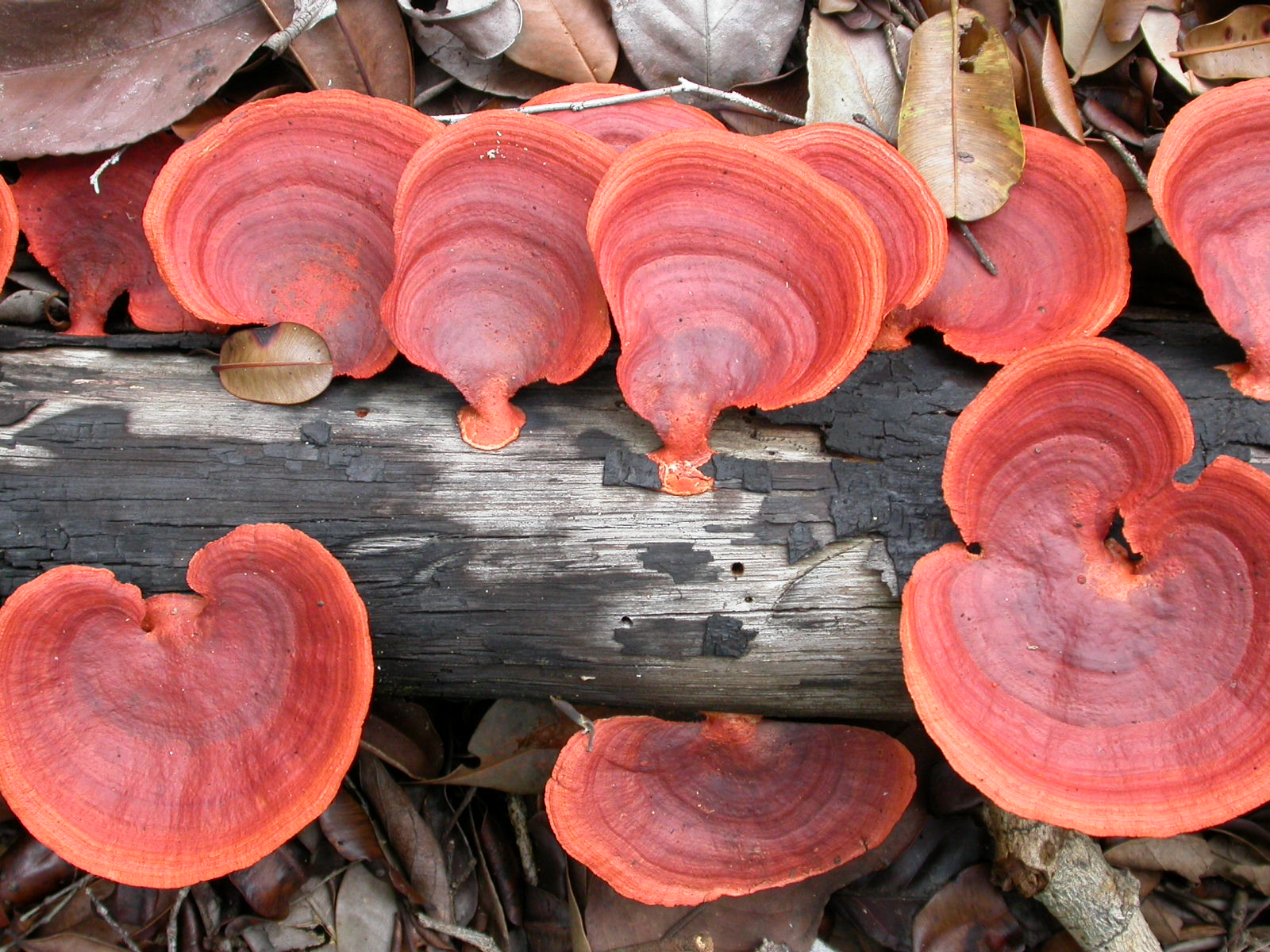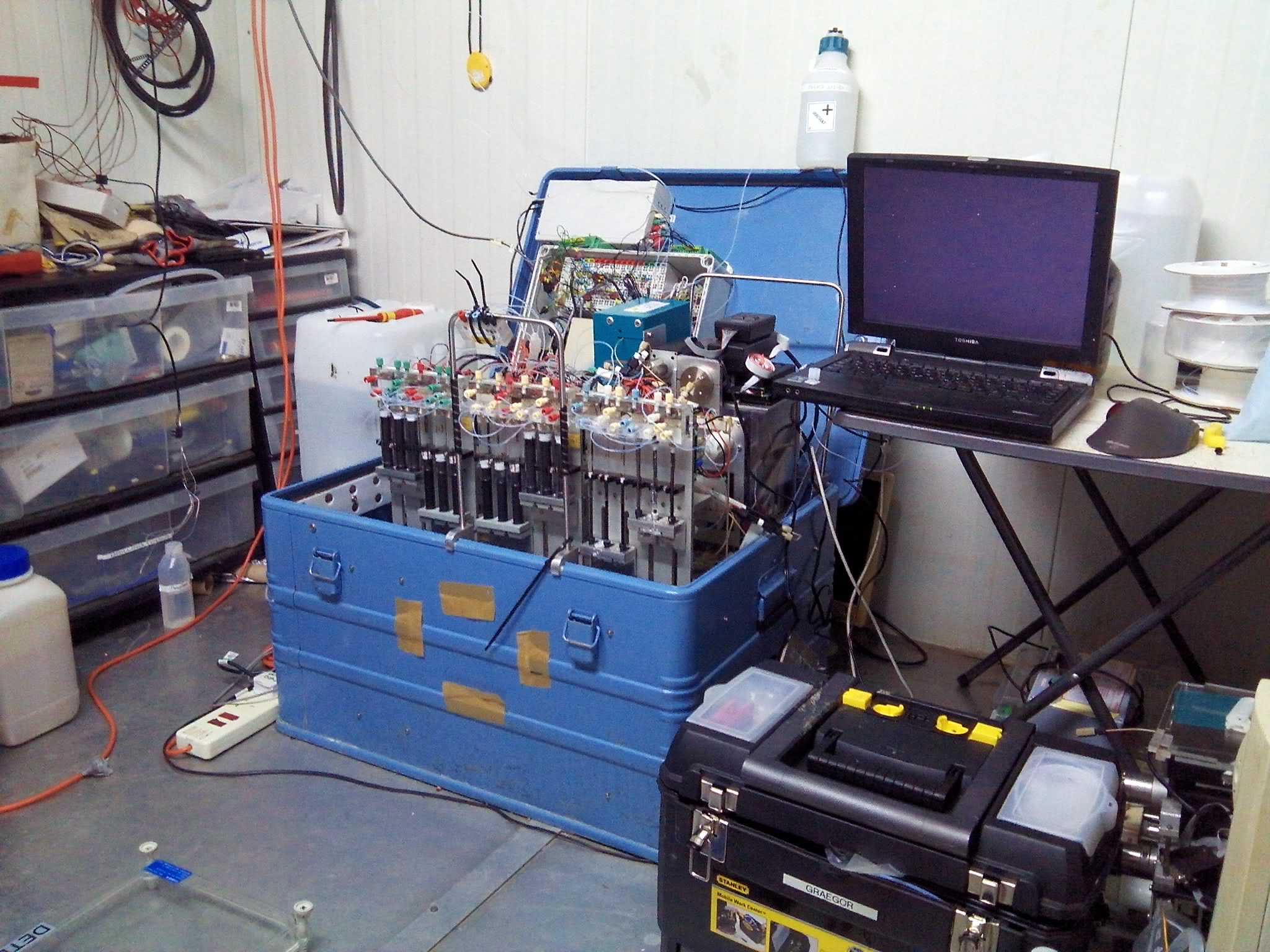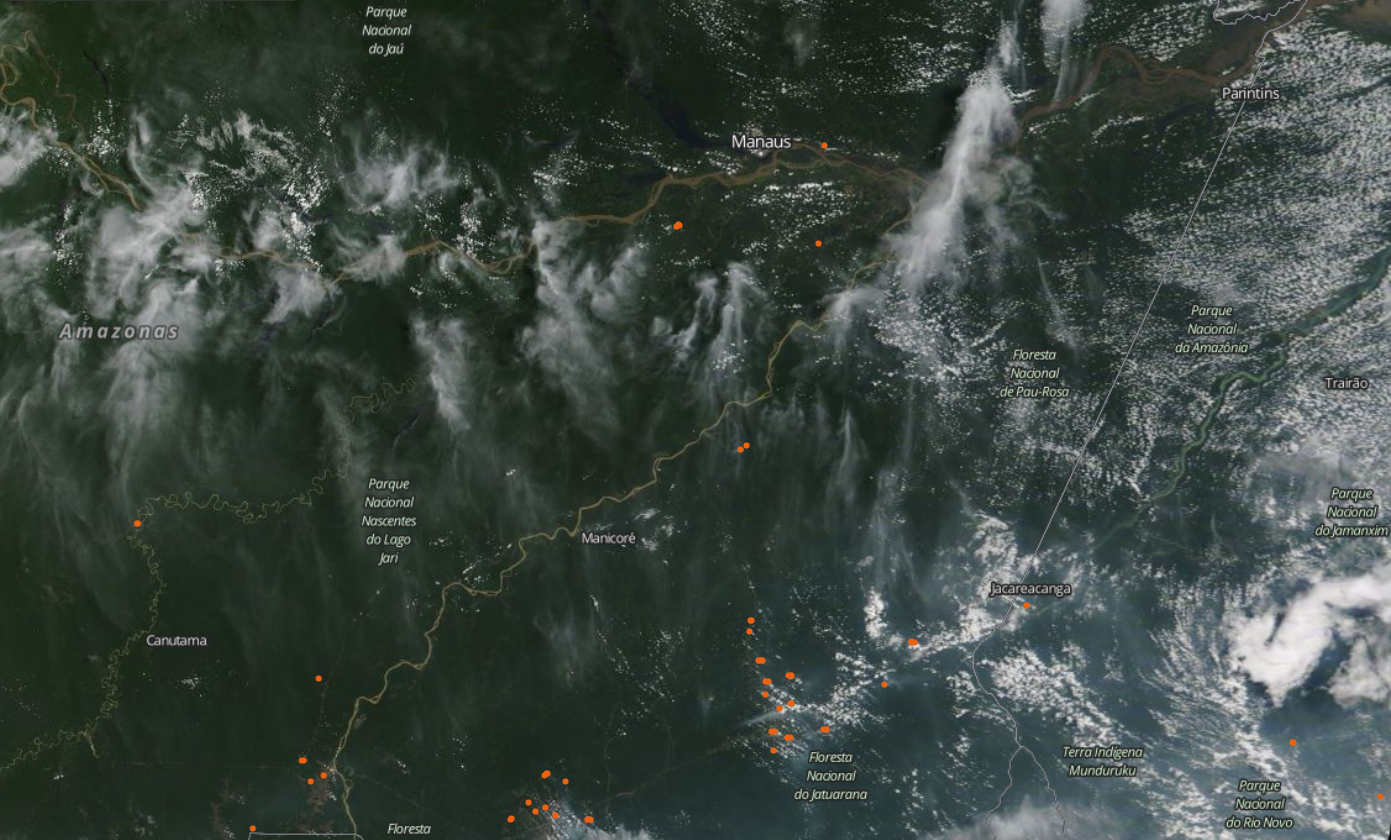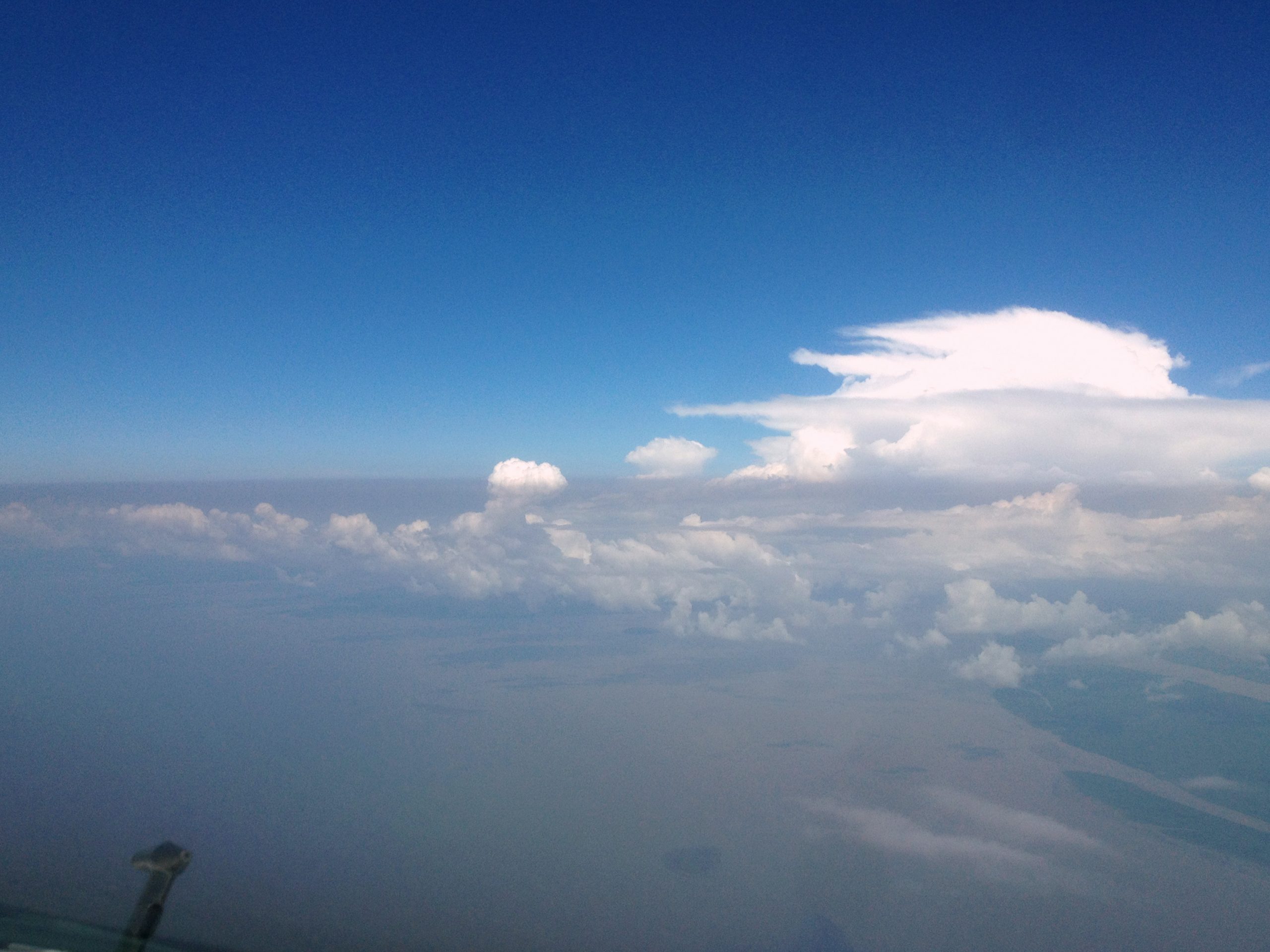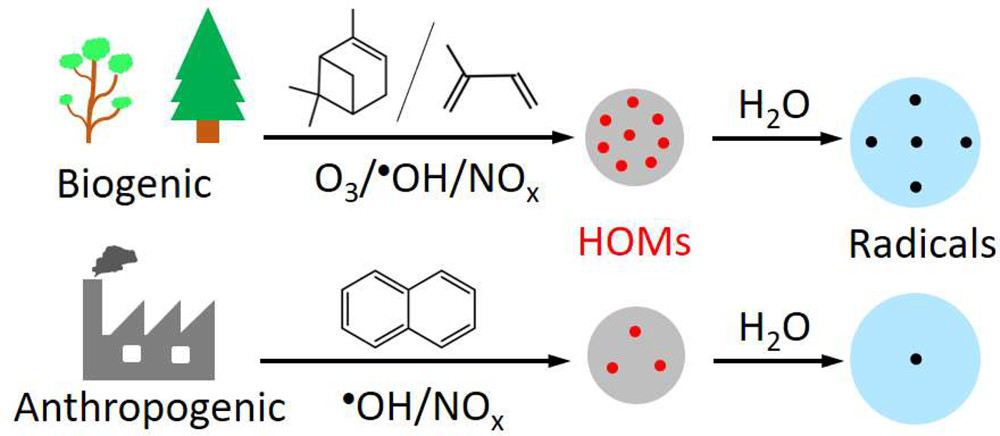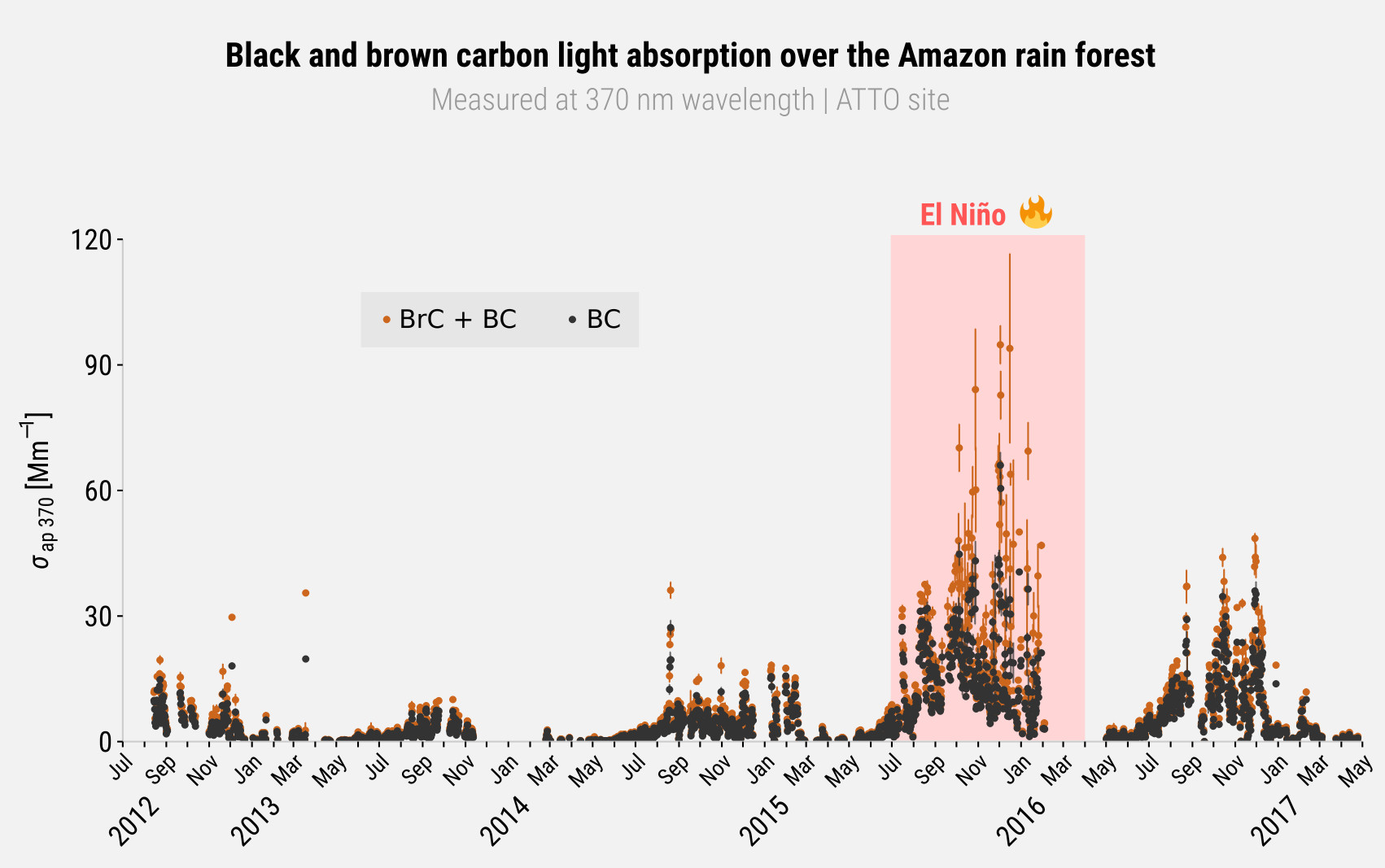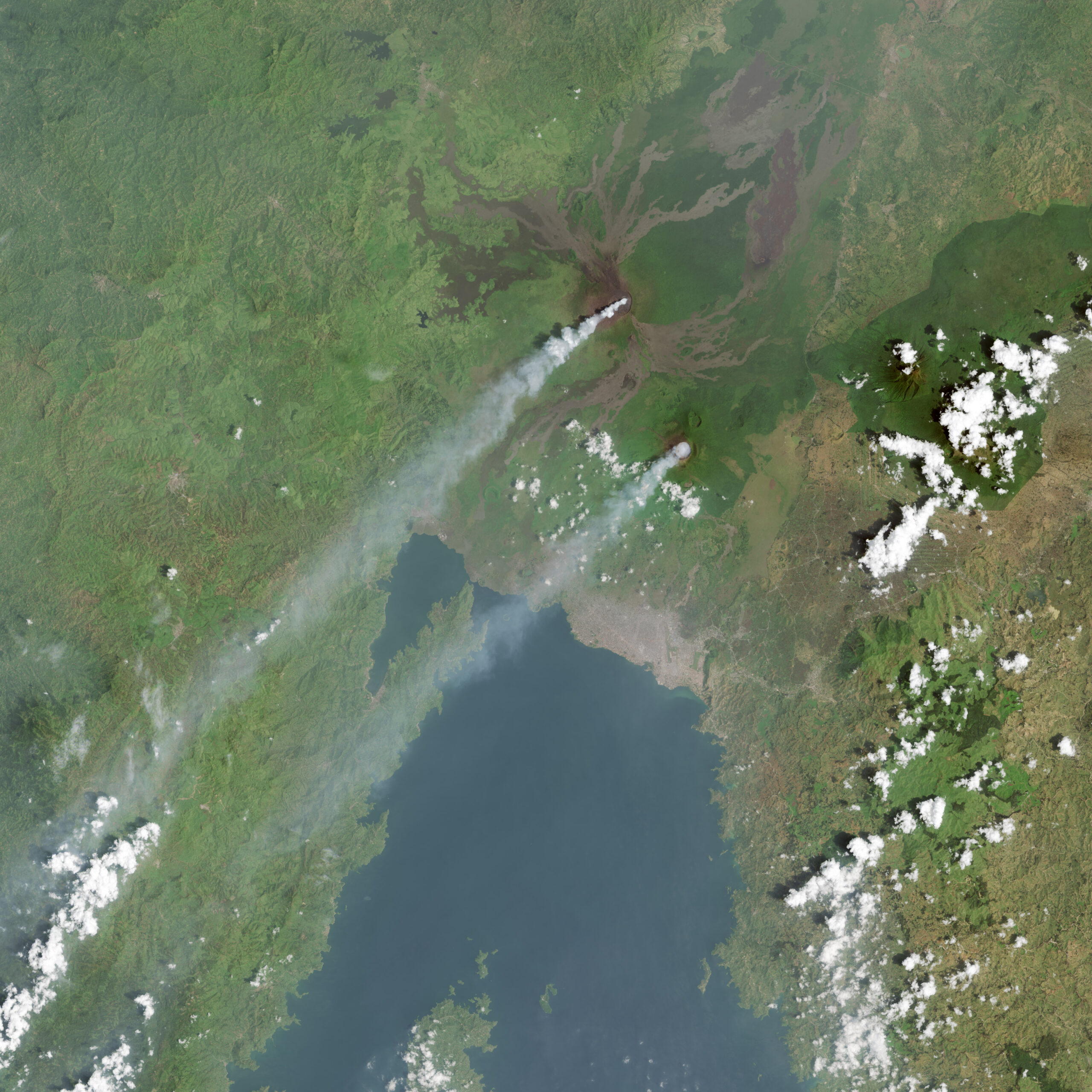More soot particles enter the central Amazon rainforest from brush fires in Africa than from regional fires at certain times.
Up to two-thirds of the soot over the central Amazon originates in Africa. This is the result of a study now published in Nature Communications Earth and Environment. Researchers led by the Max Planck Institute for Chemistry in Mainz and the University of Sao Paulo distinguished soot particles based on their properties and assigned them to their sources. They found that bushfires and burning savannahs in northern and southern Africa contribute significantly to air pollution in central Amazonia throughout the year, and thus also play an important role in the atmospheric radiation budget and the hydrological cycle. This is a result of efficient transatlantic particle transport through the atmosphere.
The Brazilian rainforest is considered one of the few continental areas in the world with clean air. However, this is only true during the rainy season, when the concentration of particulate matter is very low at times. The situation is completely different in the dry season. Then numerous deforestation fires burn in the Amazon rainforest, because the “arc of deforestation” spreads into it from the south. As a result, soot and other emissions from the fires significantly reduce air quality at this time. During this time, the air in the central Amazon is no better than in European metropolitan areas. The concentration of soot particles in the atmosphere above the canopy thus fluctuates between very low and very high.
For the first time, a team of researchers has now investigated the sources of these soot particles. And they made a surprising discovery: a large proportion of the particles do not originate in South America, but have traveled some 10,000 kilometers with air masses from Africa across the Atlantic and originate from natural bush fires, slash-and-burn agriculture and the burning of biomass for cooking, for example. “Smoke from Africa is present in large proportions over the rainforest for most of the year – we didn’t expect that,” says Bruna Holanda, who led the study as a doctoral student at the Max Planck Institute for Chemistry. “We had estimated the fraction from Africa at 5, maybe 15 percent. But it was actually 60 percent at times.” According to the atmospheric physicist, this value proves how efficient the atmospheric transport of soot and aerosol particles is with air masses from Africa to South America.
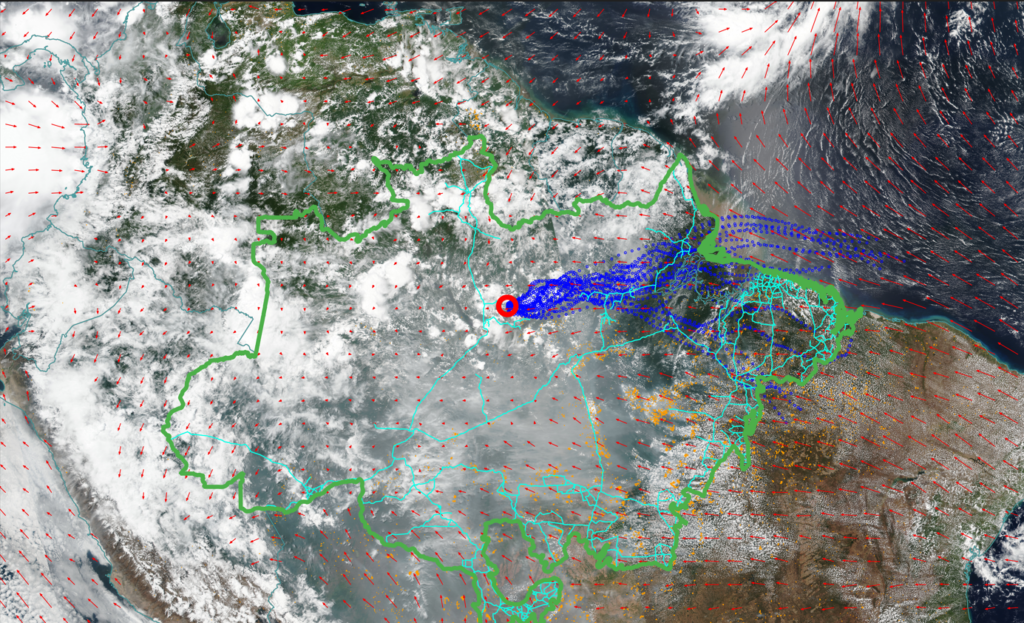
Soot particles from Africa and South America differ physically and chemically
In order to attribute the soot over the Amazon to different sources, the scientists analyzed soot particles in the air at the Amazon Tall Tower Observatory (ATTO) over a period of two years. The research site is located in a nearly pristine region in the central Amazon and includes a 325-meter tall measurement tower.
The team found two predominant types of soot: soot particles from Africa were significantly larger than those from the Amazon and had lower organic material content. The researchers attribute this to the fact that in Africa, it is primarily grasslands, savannas and open forests that burn. The drier fuels result in more flaming combustion and more soot particles. South American fires, on the other hand, occur in dense and moist forests. The wetter fuels are more likely to result in smoldering fires that produce soot with larger organic fractions. Holanda and her colleagues then used meteorological data such as the main wind field and satellite images, which sometimes even show the smoke plumes, to determine the particular source of the smoke.
This is how the scientists also determined that twice a year, particularly large amounts of smoke from Africa travel to the Amazon: During the rainy season from January to March, winds repeatedly bring soot together with Saharan dust into the area. During this time, an average of 60 percent of the soot particles over the Amazon originate from African fires. At this time, the air is normally particularly clean because there is hardly any slash-and-burn agriculture in the region. But the smoke from Africa sometimes leaves the air as dirty as it is during the dry season, even at this time of year. In the dry season, from August to November, there is also a lot of soot from Africa in the central Amazon. In contrast to the rainy season, there are many natural and man-made fires regionally during this time, especially in the drier regions of the Amazon basin. In much of the Amazon, regional fires account for about two-thirds of the soot load. But as much as one-third of the soot comes from Africa, adding to the already serious pollution levels.
Smoke influences the climate and the water cycle
Soot and other aerosol particles absorb and scatter sunlight, thus affecting the Earth’s radiation or energy balance and our climate. Soot particles in particular are very radiatively active, as they absorb significantly more solar radiation than they reflect, and thus are more likely to retain heat in the Earth’s system. However, dust and soot particles also serve as condensation nuclei in the formation of cloud droplets. Therefore, they influence the formation of clouds and precipitation, so they also affect the water balance.
“Our results can help improve climate and Earth system models that have so far inadequately accounted for the African smoke component,” explains Christopher Pöhlker, group leader at the Max Planck Institute for Chemistry. He says the efficiency of transport also suggests that African smoke reached South America in pre-industrial times, as fire-prone African vegetation has likely burned seasonally for tens of thousands of years. “We suspect that soot has long played an important role in soil fertilization and thus forest formation in the Amazon, as well as in the carbon and water cycles,” adds the atmospheric chemist. However, such positive effects of the past could now turn into the opposite. “The rates of deforestation and the number of fires, as well as the resulting soot, have been unprecedented in recent years and may have serious consequences for regional and global climate change,” Pöhlker concludes.
Holanda et al. published the study “African biomass burning affects aerosol cycling over the Amazon.” Open Access in the journal Nature Commun Earth Environ. DOI: 10.1038/s43247-023-00795-5
Similar articles
Bioaerosols influence the dynamics of the biosphere underneath. In a new study, Sylvia Mota de Oliveira and her colleagues used the ATTO site to collect air samples at 300 m above the forest. Then, they used DNA sequencing to analyze the biological components that were present and figure out what species of plant or fungi they belong to. One of the most striking new insights is the stark contrast between the species composition in the near-pristine Amazonian atmosphere compared to urban areas.
Ramsay et al. measured inorganic trace gases such as ammonia and nitric acid and aerosols in the dry season at ATTO. They are to serve as baseline values for their concentration and fluxes in the atmosphere and are a first step in deciphering exchange processes of inorganic trace gases between the Amazon rainforest and the atmosphere.
Soot and other aerosols from biomass burning can influence regional and global weather and climate. Lixia Liu and her colleagues studied how this affects the Amazon Basin during the dry season. While there are many different interactions between biomass burning aerosols and climate, they found that they overall lead to fewer and weaker rain events in the Amazon rainforest.
When forests burn those fires produce a lot of smoke. And that smoke usually contains soot, also called “black carbon”. Black carbon particles are aerosols that absorb radiation and as such can warm the Earth’s atmosphere and climate. But we still have much to learn about aerosols, their properties, and distribution in the atmosphere. One of those things is the question of how black carbon emitted from biomass burning in Africa (i.e. forests, grasslands, savannas etc.) is transported across the Atlantic and into the Amazon basin, and what role it plays there. Bruna Holanda and her co-authors tackled this in their new study published in ACP.
In a new study, Dr. Haijie Tong and co-authors studied a subset of PM2.5, the so-called highly oxygenated molecules (HOMs) and its relationship with radical yield and aerosol oxidative potential. They analyzed fine particulate matter in the air in multiple locations. This including the highly polluted megacity Bejing and in the pristine rainforest at ATTO. They wanted to get insights into the chemical characteristic and evolutions of these HOM particles. In particular, they wanted to find out more about the potential of HOMs to form free radicals. These are highly reactive species with unpaired electrons.
We hear a lot about particulate matter these days, mostly in the context of air pollution in inner cities. But what about particulate matter in the Amazon rainforest? Well, the short answer is that particulate matter is present in the air above the Amazon, too. And although its concentrations are lower than those in large cities, urbanization and deforestation fires have a significant impact. To find out what that impact exactly is, was the aim of a new study by Suzane de Sá and co-authors.
Wu et al. collected and analyzed aerosols in two locations: the city of Manaus, a large urban area in Brazil, and the ATTO site in the heart of the forest. The aerosol compositions varied largly. At ATTO most aerosols were emitted by the forest itself, while in Manaus, anthropogenic aerosols were very common. The results were published in ACP.
Saturno et al. analyzed the concentration of black and brown carbon in the atmosphere above the Amazon. They found that the dry season is characterized by lots of biomass burnings, which produce a lot of black and brown carbon. But they also sound significant interannual variations. The results were published in ACP.
Saturno et al. used the eruption of two volcanoes in Congo to trace the transport of sulfate particles from Central Africa to the Amazon basin. They are using this as a case study to understand how gas and particle emissions from Africa are transported over the Atlantic Ocean. The results are published in ACP.


